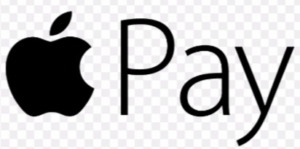 Today, we’re covering the latest news and innovations in mobile payments starting with Apple’s plans for peer-to-peer payments. The Verge looks at how Apple’s payments compare with established competitors Square Cash and Venmo. With 375 million users already, Venture Beat considers Apple’s potential impact on the established P2P payments market.
Today, we’re covering the latest news and innovations in mobile payments starting with Apple’s plans for peer-to-peer payments. The Verge looks at how Apple’s payments compare with established competitors Square Cash and Venmo. With 375 million users already, Venture Beat considers Apple’s potential impact on the established P2P payments market.
Research from PYMNTS.com shows consumers are still slow to adopt mobile payments – only 21% of Apple users with access to Apple Pay actually use it, 14% use Samsung Pay and 10% use Android Pay. Most consumers are simply happy with what they use for payments, including their cards.
 ReadWrite warns banks about being complacent with mobile payments adoption and says the fast growth of branded payments apps by retailers like Starbucks and Dunkin Donuts should cause banks to move faster in the mobile payments space. Toronto-based OTT Financial Inc is helping la helping launch Tencent’s WeChat Pay and Alibaba’s Alipay in Vancouver and Toronto, Canada.
ReadWrite warns banks about being complacent with mobile payments adoption and says the fast growth of branded payments apps by retailers like Starbucks and Dunkin Donuts should cause banks to move faster in the mobile payments space. Toronto-based OTT Financial Inc is helping la helping launch Tencent’s WeChat Pay and Alibaba’s Alipay in Vancouver and Toronto, Canada.
Target will eliminate its Cartwheel payments while moving to a single branded payments platform. Slow but smarter. Restaurant-branded mobile apps are essential for future success according to Loyalty Plant’s Jim Steinberg at a crowded recent National Restaurant Association presentation. Forbes profiled eight added side benefits to mobile payments for retailers. If only consumers would adopt mobile payments faster.
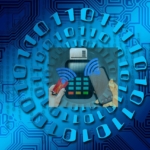 According to research by the Federal Reserve Bank of Atlanta, 90% of banks and credit unions have mobile banking apps. They just don’t provide enough of the features and functions consumers want with their mobile banking. That’s why fintech is making such fast inroads into the banking business.
According to research by the Federal Reserve Bank of Atlanta, 90% of banks and credit unions have mobile banking apps. They just don’t provide enough of the features and functions consumers want with their mobile banking. That’s why fintech is making such fast inroads into the banking business.
Forrester recently named CIBC as the best retail mobile banking app in Canada based on 54 different criteria. The Financial Brand says 87% of millennials already use mobile banking apps and are increasingly not using bricks and mortar branches for any of their banking needs. Disruption anyone?
How will iMessage payments stack up to Square Cash and Venmo?
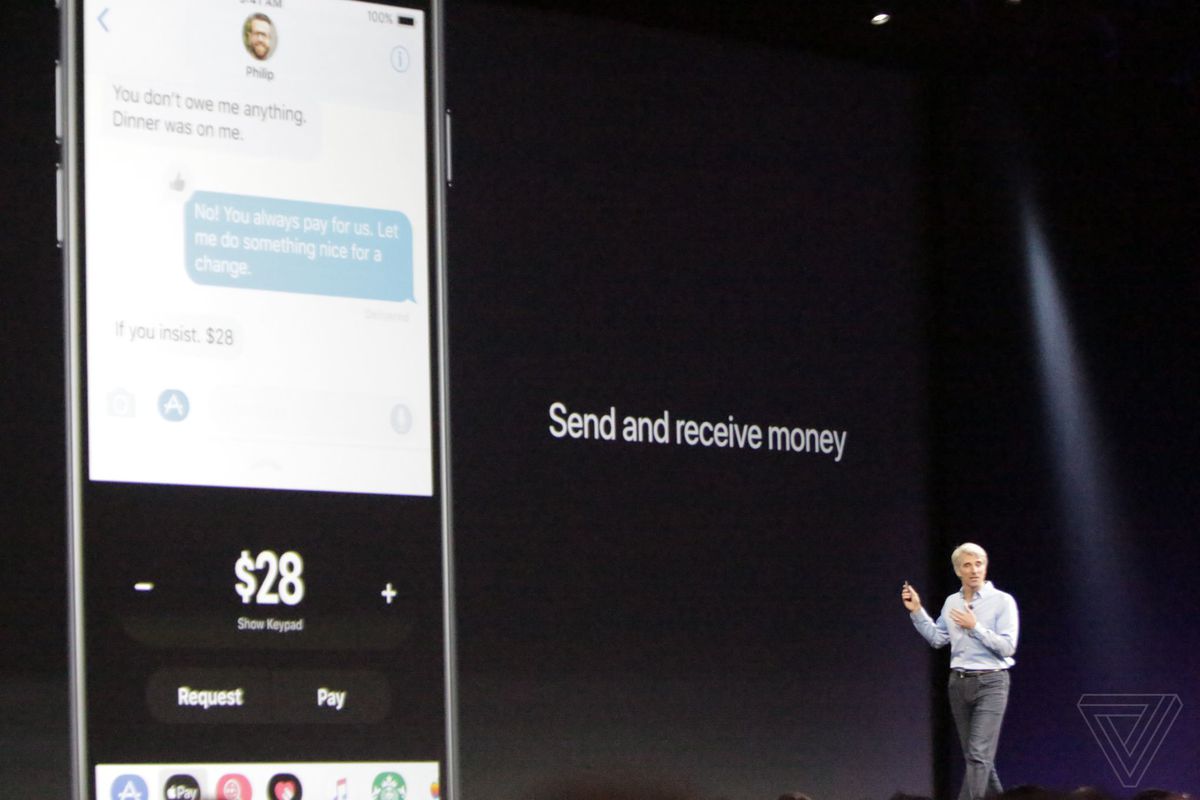 Earlier this week Apple announced it will soon be rolling out peer-to-peer payments, effectively (bad pun alert) swiping at services from Square, PayPal-owned Venmo, and giant banks that already let you pay friends through mobile apps.
Earlier this week Apple announced it will soon be rolling out peer-to-peer payments, effectively (bad pun alert) swiping at services from Square, PayPal-owned Venmo, and giant banks that already let you pay friends through mobile apps.
Apple is well-known for biding its time while it watches other companies enter a market, then coming in later with a product or service it thinks will somehow be better. The peer-to-peer payments service is no exception; the question is whether Apple’s will actually be better than the others.
The short answer is we really don’t know yet. I only saw glimpses of “Apple Pay Cash” at WWDC this week, and wasn’t able to pay a friend through iMessage myself. But I saw enough to make me think that Apple has a very distinct advantage with iMessage, even though it’s limited to iOS devices. At the same time, Apple still has some important feature and naming decisions to make before it officially rolls this out in the fall. Via theverge.com
Apple Pay is suddenly a threat to PayPal and Square
 Apple is adding person-to-person payments to Apple Pay and integrating the technology into Messages, the company announced today at its Worldwide Developers Conference in San Jose, California.
Apple is adding person-to-person payments to Apple Pay and integrating the technology into Messages, the company announced today at its Worldwide Developers Conference in San Jose, California.
Venmo first popularized P2P payments, which became a feature of PayPal when it bought the company in 2013. Square added the feature through Square Cash, while other apps like Circle and Snapcash embraced the feature. Apple has been slow to bring P2P payments to Apple Pay, despite the 375 million users who have access to the app.
That will change with iOS 11. Apple is introducing the P2P payments feature into iMessage, so users can more easily send money to friends they are messaging with. During a chat, for example, machine learning technology will detect a mention of payments and include an Apple Pay button on the keyboard. Via venturebeat.com
Why Don’t We Pay for Everything With Our Phones Now? We Asked the Experts
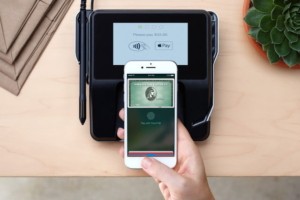 Our smartphones have replaced MP3 players, compact cameras, and handheld video game consoles, but they still haven’t killed off wallets or purses. Even though you can use all the latest Android smartphones or iPhones to pay for your goods and services, most of us don’t.
Our smartphones have replaced MP3 players, compact cameras, and handheld video game consoles, but they still haven’t killed off wallets or purses. Even though you can use all the latest Android smartphones or iPhones to pay for your goods and services, most of us don’t.
Only 21 percent of people with Apple Pay, 14 percent of those with Samsung Pay, and 10 percent of people with access to Android Pay on their smartphones have actually used it, according to surveys by PYMNTS.com. To make matters worse, most of those people tried it once and then went back to cards and cash.
“There are three factors right now limiting mobile payment adoption: Value proposition, lack of ubiquity, and fear,” Daniel Csoka, managing director of Mobile Money Matters, told Digital Trends. “What is the value proposition for me to make a mobile payment? My credit card works just fine.”
“It needs to work everywhere, every time.”
Respondents to the PYMNTS survey agree. They consistently gave satisfaction with their current payment methods as the main reason for not using mobile wallets, followed by uncertainty over how it works, and security concerns. Via digitaltrends.com
What open APIs will mean for the future of mobile payments
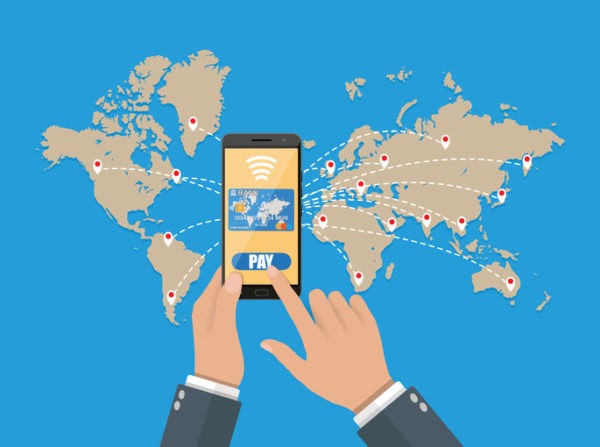 It’s safe to say by this point that the launch of the Pay platforms, like Apple Pay, Samsung Pay and so on, haven’t exactly set the world alight.
It’s safe to say by this point that the launch of the Pay platforms, like Apple Pay, Samsung Pay and so on, haven’t exactly set the world alight.
Usage numbers remain difficult to come by, always a telling sign, and while growth may be slow and steady, it’s not the death knell for banks in the payments industry that so many expected and warned us about. Understandably many are now starting to wonder if the revolution is dead on arrival or simply on pause.
The exceptions to this are of course the merchant led initiatives, like the ubiquitous Starbucks app, and similar offerings from companies like Dunkin Donuts, and Walmart Pay. That’s fine and good for very large-scale brands who have the customer reach to gain that crucial real estate on a mobile device, but where does that leave the rest of the market? Perhaps more importantly, the limited success of dedicated mobile payment apps run the risk of making card issuing banks and indeed a lot of merchants complacent in their positioning as kings of the payments pile.
Perhaps more importantly, the limited success of dedicated mobile payment apps run the risk of making card issuing banks and indeed a lot of merchants complacent in their positioning as kings of the payments pile. Via readwrite.com
Chinese mobile-payment apps launch in Vancouver, Toronto
 A pair of widely used Chinese mobile-payment systems have launched in Vancouver and Toronto, allowing users to pay for purchases using their home currency.
A pair of widely used Chinese mobile-payment systems have launched in Vancouver and Toronto, allowing users to pay for purchases using their home currency.
Toronto-based OTT Financial Inc. is working with Chinese Internet giants Tencent and Alibaba to introduce their mobile-payment infrastructure in Canada. The two apps, WeChat Pay and Alipay, are linked with users’ credit cards and allows them to make payments in renminbi, which is then converted to Canadian dollars before it’s transferred to merchants.
B.C.’s Sprott Shaw College, a private school that caters to international students, and Trump Tower have signed on to use the services, said Daniel Sui, project manager of AirBank technologies, OTT Financial’s marketing partner. The apps launched in Toronto last month at Yorkdale and Square One shopping centres.
The Canadian launch will allow retailers to expand their mobile-payment offerings beyond existing services such as Apple Pay while specifically targeting Chinese consumers, who represent the top overseas-tourism market in Toronto and the second largest in Vancouver. Via theglobeandmail.com
Target and Cartwheel apps to merge starting this summer, mobile payments and improved maps to follow
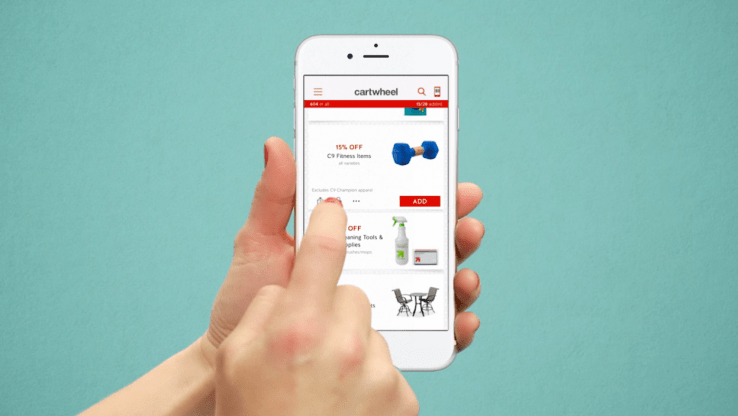 Target’s mobile app strategy will undergo a significant change, starting this summer. The retailer announced this week it will soon combine the functionality of its Cartwheel savings app with its main shopping app, in preparation for an eventual Cartwheel shutdown. The Target app will also receive a notable upgrade this year, adding support for an indoor map that shows your location in the store, along with the nearby Cartwheel deals, in addition to support for mobile payments.
Target’s mobile app strategy will undergo a significant change, starting this summer. The retailer announced this week it will soon combine the functionality of its Cartwheel savings app with its main shopping app, in preparation for an eventual Cartwheel shutdown. The Target app will also receive a notable upgrade this year, adding support for an indoor map that shows your location in the store, along with the nearby Cartwheel deals, in addition to support for mobile payments.
According to Target, the decision to merge its apps into one is a result of customer feedback. Shoppers wanted an easier way to access all of what Target has to offer from one destination, not two.
Target isn’t the only retailer to streamline its mobile app strategy. A couple of years ago, eBay shut down its wider suite of apps (Fashion, Motors, and Valet), to return their functionality to Ebay’s main app, for example. Meanwhile, other retailers like Walmart, Kohl’s, and CVS – all of which have their own mobile payments service – offer their payments and savings features within their main shopping app, not in a separate one. Via techcrunch.com
Restaurants realizing critical need for mobile payments and loyalty
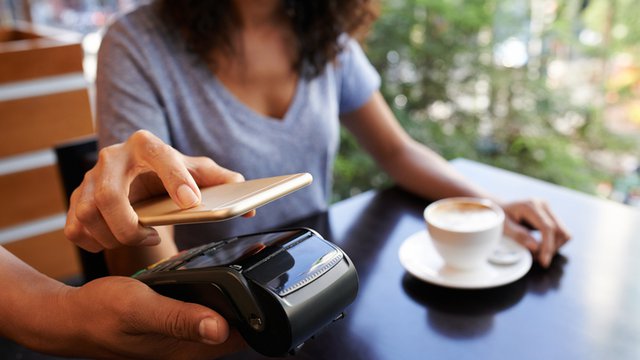 If you want to get an idea about how important it’s become for restaurants to have a sound mobile strategy in 2017, the large crowd that gathered to listen to a session about loyalty at the National Restaurant Association’s annual trade show this past weekend in Chicago will give you an indication of what’s at stake.
If you want to get an idea about how important it’s become for restaurants to have a sound mobile strategy in 2017, the large crowd that gathered to listen to a session about loyalty at the National Restaurant Association’s annual trade show this past weekend in Chicago will give you an indication of what’s at stake.
About 150 attendees squeezed into a small area on the trade show floor to listen to Loyalty Plant’s Jim Steinberg discuss what restaurants can do to ensure success with a mobile app. And while Steinberg talked about Loyalty Plant’s own success in the market, he imparted some key points that echoed recent technology trends.
“Get into this sooner rather than later because this is going to be a standard in the industry,” Steinberg said about restaurant-branded mobile apps that boast features such as loyalty and order-ahead-and-pay. Via qsrweb.com
Eight Exciting Side Effects of Mobile Payments Going Mainstream
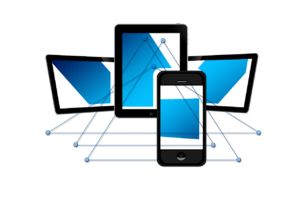 Mobile payment systems offer fast, easy ways for people to use their phones or devices to handle transactions. Consumers are using mobile wallets to buy everything from a nice meal at a restaurant, to a ride across town, to a collection of books or clothes from online retailers.
Mobile payment systems offer fast, easy ways for people to use their phones or devices to handle transactions. Consumers are using mobile wallets to buy everything from a nice meal at a restaurant, to a ride across town, to a collection of books or clothes from online retailers.
While consumers are embracing the ease of making purchases, businesses are also getting gains from the system. Below, members of the Forbes Finance Council talk about their favorite side effect of mobile payments gaining steam among the general public, including a reduction in fees and an end to collection calls. Here’s what they say. Via forbes.com
The Hits and Misses of Mobile Banking
 Mobile banking is fast becoming standard—much like the ATM. Nine in 10 banks and credit unions recently surveyed by the Federal Reserve Bank of Atlanta now allow you to access your bank account, and sometimes more, through a mobile app or browser. The institutions that don’t yet offer mobile banking largely plan to add it by next year.
Mobile banking is fast becoming standard—much like the ATM. Nine in 10 banks and credit unions recently surveyed by the Federal Reserve Bank of Atlanta now allow you to access your bank account, and sometimes more, through a mobile app or browser. The institutions that don’t yet offer mobile banking largely plan to add it by next year.
Yet few consumers have switched fully to banking over their smartphone or tablet. That’s in part because banks aren’t willing or able to allow customers to do everything on mobile that they do in person or on their computers. Via nasdaq.com
CIBC proclaimed best Canadian mobile banking app in recent study
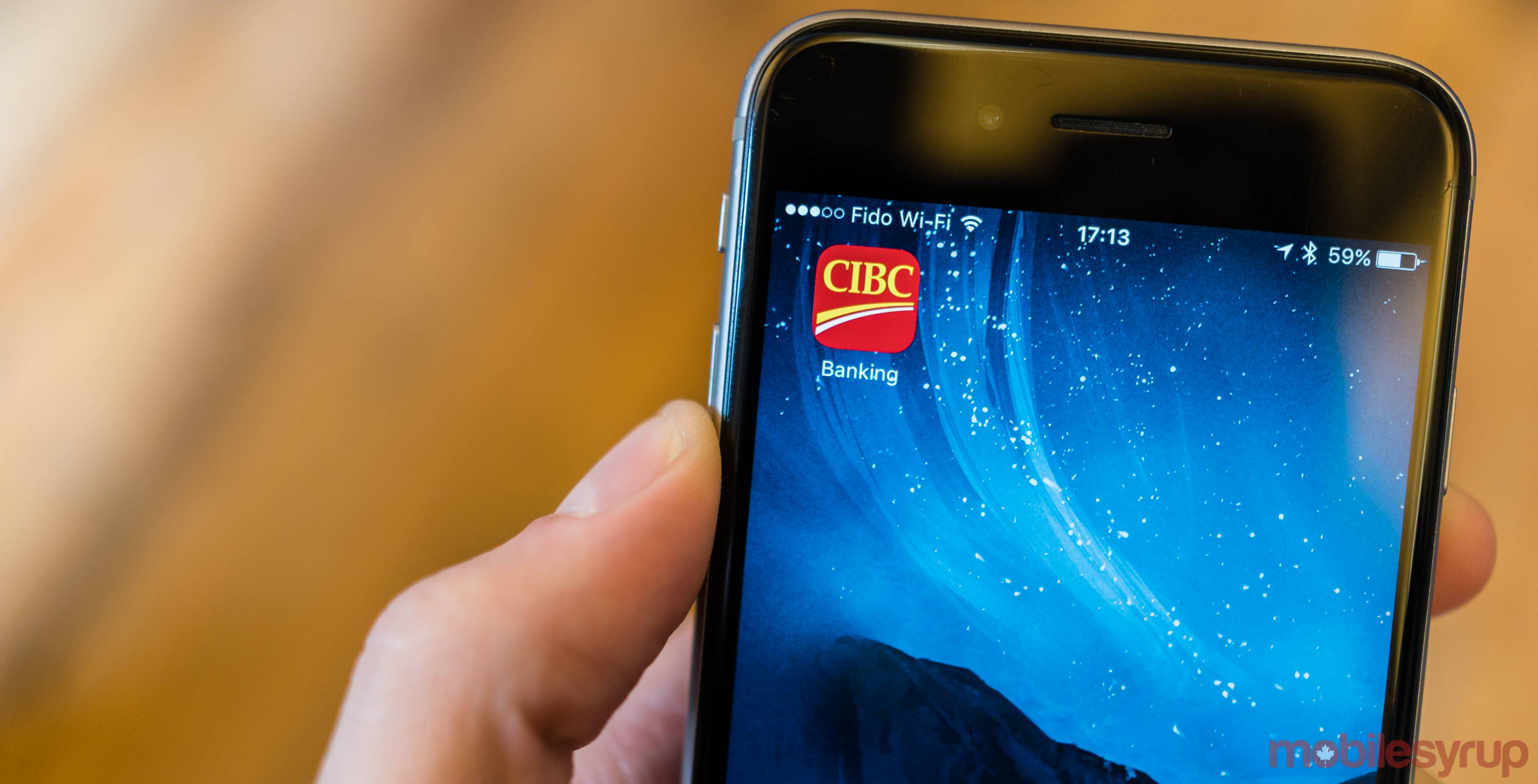 CIBC’s mobile banking app has earned the highest score among five other Canadian banks in a recent study of banking apps.
CIBC’s mobile banking app has earned the highest score among five other Canadian banks in a recent study of banking apps.
Forrester Research Inc. says it evaluated the banking functionality and usability of each of the five apps based on 54 different criteria. CIBC received the top combined score in both categories. The firm also considered the CIBC app the best mobile banking app when compared against a number of global competitors.
Moreover, Forrester praised the CIBC app for including features that most other banking apps do not have, such as the ability to order foreign cash. Also praiseworthy, says the firm, is the fact that the app is available on smartphones, tablets and smartwatches. Via mobilesyrup.com
Millennials May Put Brick and Mortar Banks Out of Business
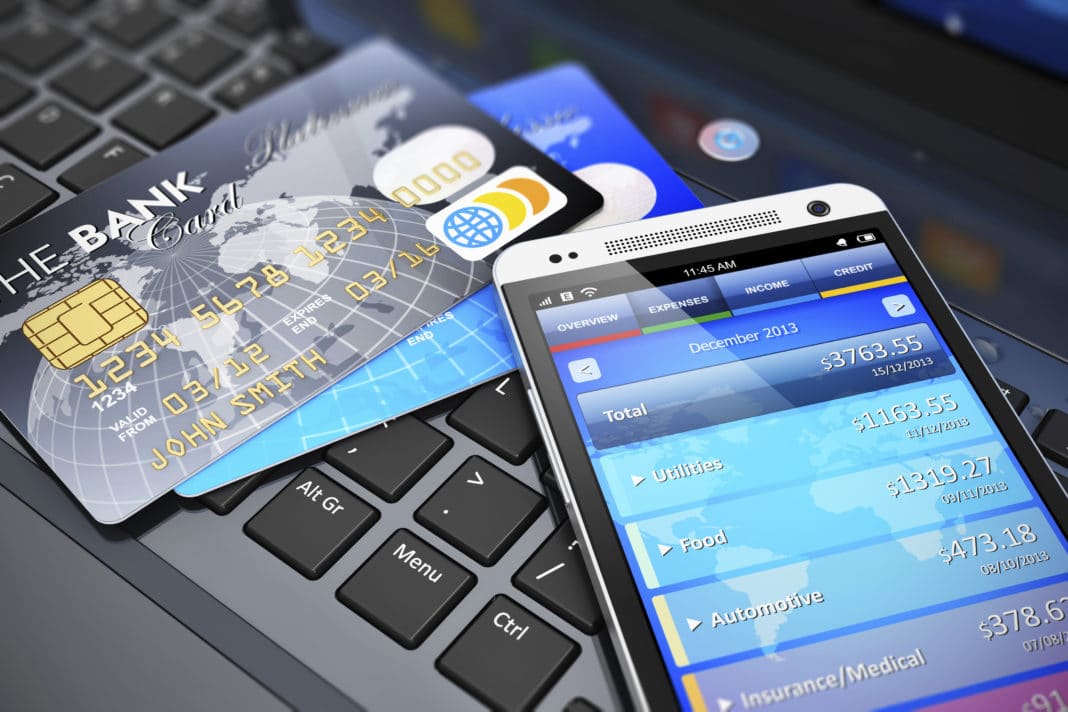 Millennials were born in an extremely digitized world, so we are totally consumed with the digital realm and all the conveniences that come with it. It is therefore not surprising to read via The Financial Brand that compared to other generations, Millennials use mobile banking almost three times more.
Millennials were born in an extremely digitized world, so we are totally consumed with the digital realm and all the conveniences that come with it. It is therefore not surprising to read via The Financial Brand that compared to other generations, Millennials use mobile banking almost three times more.
Matter of fact, a quarterly consumer trends survey purports that 87 percent of Millennials use mobile banking, and here’s why:
– If you’re in another state or country and you need money, you can still easily access your account via mobile. In 2015, Chase reportedly had more checks deposited via ATMs and mobile devices than their branches.
– You can easily pay for products and services on your mobile.
– You can quickly and conveniently pay your bills, send money to other accounts and conduct a host of other transactions without the inconvenience of having to step foot inside a bank. Via techdigg.com
Mobile matters
That’s the latest on mobile payments news. If you found this report useful, you can subscribe at the top of this page to get Mon-Wed-Fri morning newsbytes in your inbox every week. It’s industry intelligence you can use.








LET’S CONNECT